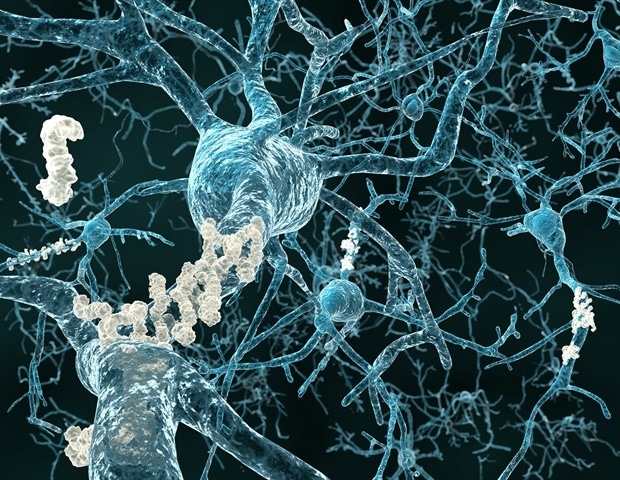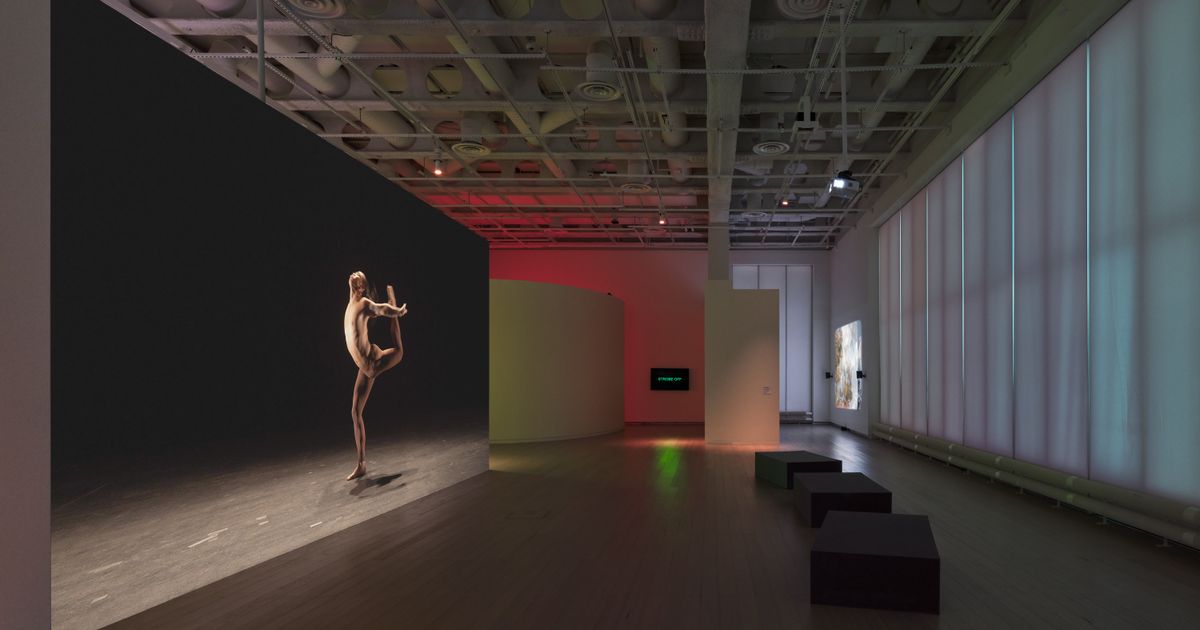Prince Harry is in the United Kingdom this week for a packed schedule of charitable engagements, but behind the public appearances, there’s reportedly a personal goal, too — reconciliation with family.
According to close friends, Prince Harry wants to keep coming back to meet family and wants to bring his wife, Meghan Markle and children along, The Times report said.
In May, Prince Harry openly expressed his intention to reconcile with his royal family. In an emotional interview with the BBC, he said he was “devastated” at losing a legal challenge over his security in the UK.
“I would love reconciliation with my family. There’s no point continuing to fight any more, life is precious,” said Prince Harry, who said the dispute over his security had “always been the sticking point,” he said at the time.
Another friend of Prince Harry told The Times that he made it “absolutely clear” that he wants to rebuild ties with the royal family. “It’s on them now,” he said.
However, those in royal circles see it differently. His unwise choice of words about Charles’s health and repeated suggestion that the King should have intervened in his security battle — something the King would never consider, given his constitutional role may have only compunded the situation.
Prince Harry’s first visit to the UK in months
This week marks Harry’s first extended visit to the UK in months. He arrived in London ahead of the WellChild Awards on Monday, the third anniversary of Queen Elizabeth II’s death.
On Tuesday, he travelled to Nottingham for an event focused on supporting young people affected by violence. The rest of the week will be spent in private meetings and receptions with several of his patronages, including the Invictus Foundation, Scotty’s Little Soldiers, and The Diana Award.
His itinerary has been described as “jam-packed with hardly any downtime,” but amid reconciliatory efforts, there is one question left– Will Prince Harry meet with his father, King Charles III?
The two have not seen each other since February 2024, when Harry made a brief visit following the King’s cancer diagnosis. While both sides are said to miss each other, no meeting is currently scheduled.
In a recent BBC interview, Harry acknowledged the deep fractures within the family, especially with his father. “I don’t know how much longer my father has,” he said. “He won’t speak to me because of this security stuff. Of course, some members of my family will never forgive me for writing a book. But I would love a reconciliation.”
If that happens, it would be the first time the two have met in more than 18 months. Royal biographer Tom Bower called it “a meeting full of peril.”






